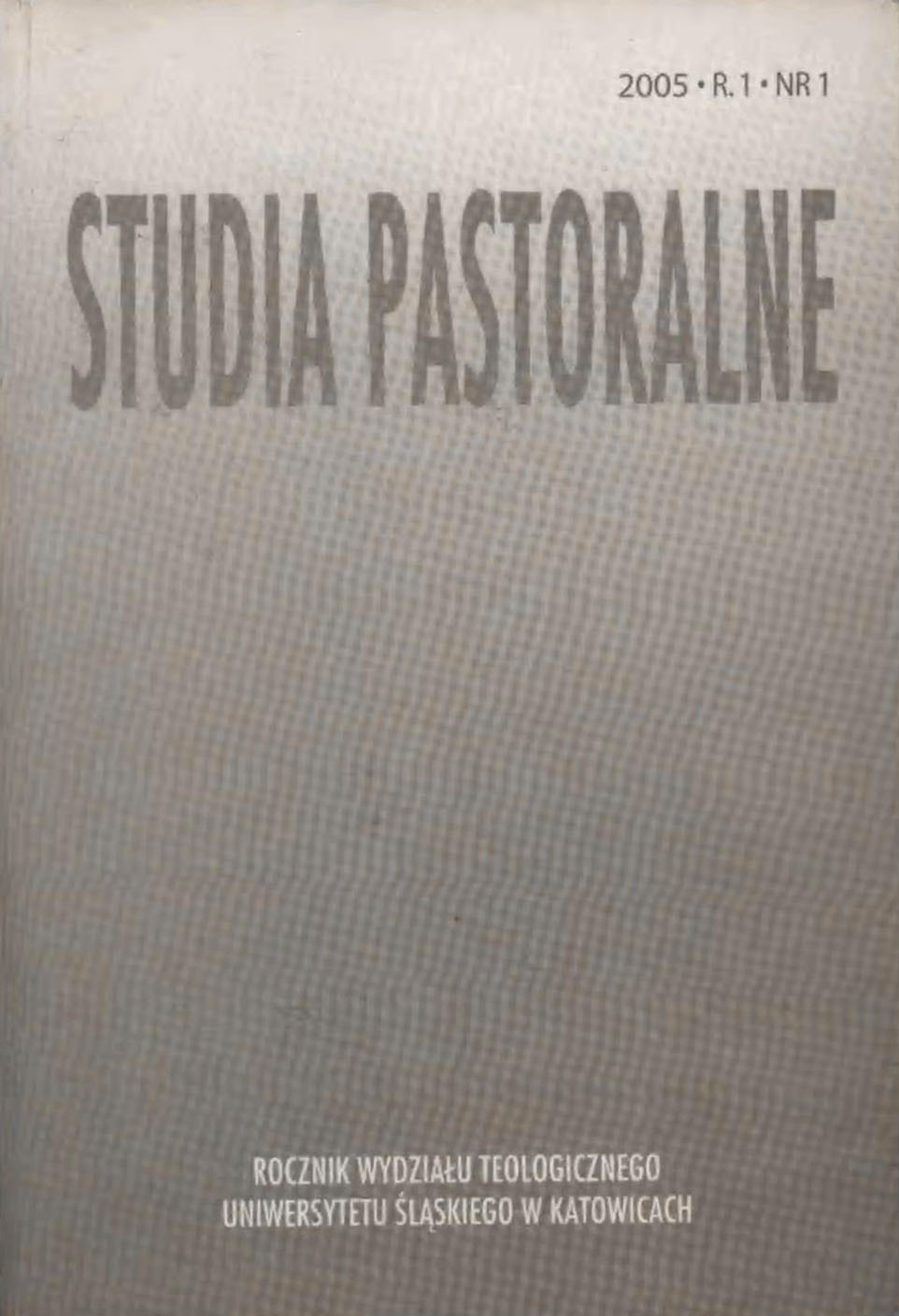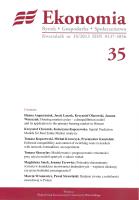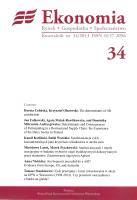
Teologia pastoralna. Istota i zadania
Die Pastoraltheologie ist eine Disziplin eigener Art. Ihre Eigenart liegt darin, dass die Prinzipien der Seelsorge und die Folgerungen zwei Quellen entnommen werden: der Offenba-rung und der Erfahrung der einzelnen Personen bzw. der religiösen Gruppen. Im Licht dieser zwei Quellen sucht sie zu erkennen, was die Kirche auf verschiedenen Ebenen der pastoralen Tätigkeit zu tun hat, damit der Wert der aktuell angewendeten Pastoralformen beurteilt und entsprechende Hinweise fur die Zukunft erarbeitet werden können.Die Pastoraltheologie unterscheidet sich von anderen Disziplinen durch existenzielle und praktische Orientierung. Sie ist auch eine normative Wissenschaft, die Prinzipien, Normen, theologische Modelle und Handlungsdirektiven entwirft, an die sich die Kirche, die kirchli-chen Gemeinschaften und ihre Vertreter auf verschiedenen Ebenen des kirchlichen Lebens orientieren sollen. Die praktische und die normative Dimension der wissenschaftlichen Erken-ntnis bilden in der Pastoraltheologie eine geschlossene Einheit.
More...

